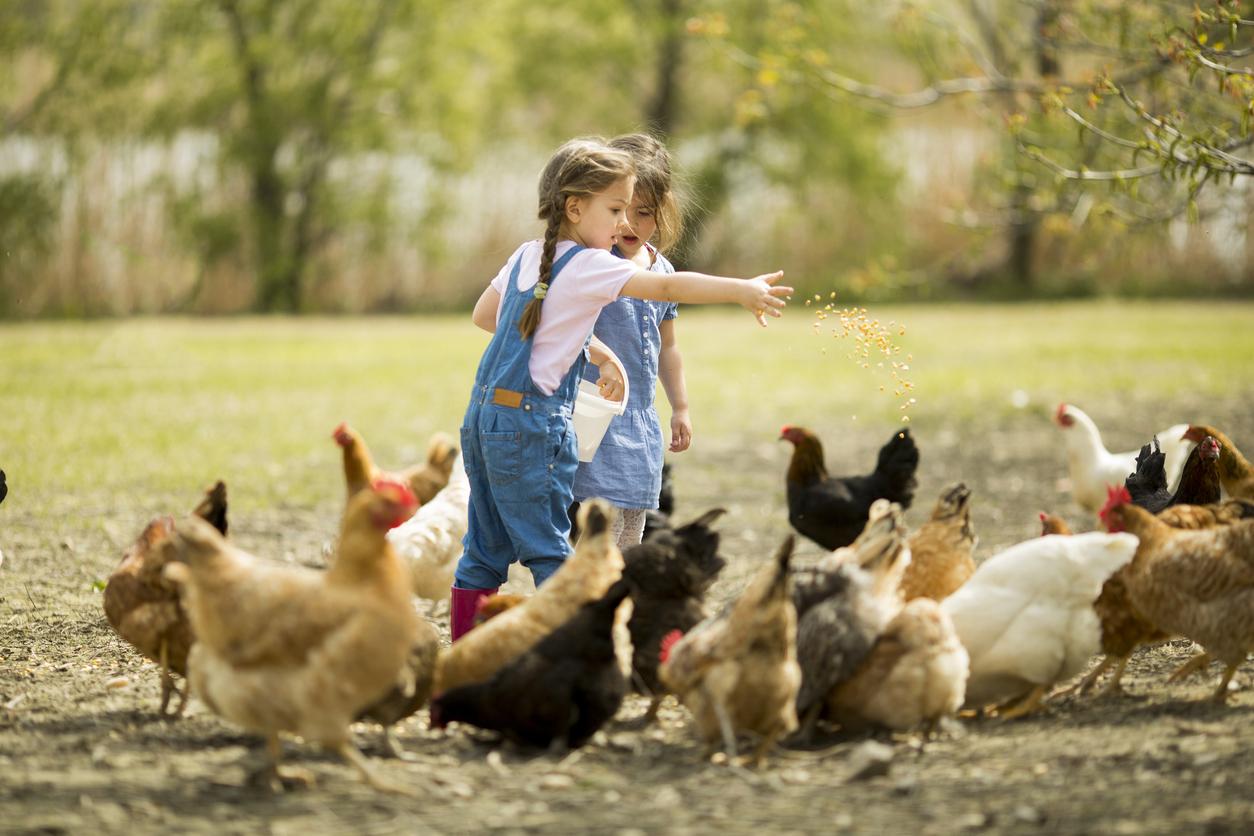The latest RNSA bulletin shows an improvement in the allergen situation until May 11, except for oak and grasses which continue to be rife.

This weekend of 1er may have been a well-deserved respite for allergy sufferers. If they did not benefit the people who made the bridge, “the rains at least allowed allergic people to breathe quietly”.
According to the vigilance map of National Aerobiological Surveillance Network, valid until May 11, poplar, willow and hornbeam are finally disappearing, remaining only in very small geographical areas and leaving very low allergic risks.
The Network explains that between “showers and sun, pollen week promises to be eventful.
When a pollen leaves …
“Ash and cypress pollens, still present in a majority of the territory, are only locally a nuisance for allergics with very low to low risks”. Plane pollens still cover the entire territory with a low allergic risk, while birch pollens are erased with a low allergic risk over a large part of northern France and very low in the South.
The rainy weather forecast for the next few days should not make allergy sufferers relax. “Every sunny day will be accompanied by pollens”, underlines Michel Thibaudon, director of the RNSA.
Another returns
Bad news for those allergic to oak pollen, since the risk of allergies may climb to a high level over a wide area around the Atlantic coast. The risk will be medium over a large majority of the rest of the territory and low on the northern border, on the heights and around the Mediterranean. Herbs will take advantage of the alternation of rain and sun in the days to come to develop.
Grasses, which already reach an average allergic risk from Brittany to Aquitaine and from Aquitaine to the Rhône valley, may occasionally, during favorable weather conditions, cause a high risk. The cities of Montluçon, Nantes and Strasbourg must expect the arrival of the first grass pollens between May 14 and 15. Elsewhere, the risk is already low to very low for these pollens.

More and more people with allergies
In France, according to the National Agency for Food, Environmental and Occupational Health Safety (ANSES), around 30% of the adult population and 20% of children suffer from allergies to pollen. Figures in constant progression for 20 years.
Allergies mainly affect the nose, lungs, eyes and skin. They are most often manifested by strong sneezing, runny nose, tearing, redness and itching. In the most severe cases, the allergy can lead to asthma, rhinitis or conjunctivitis.
.















